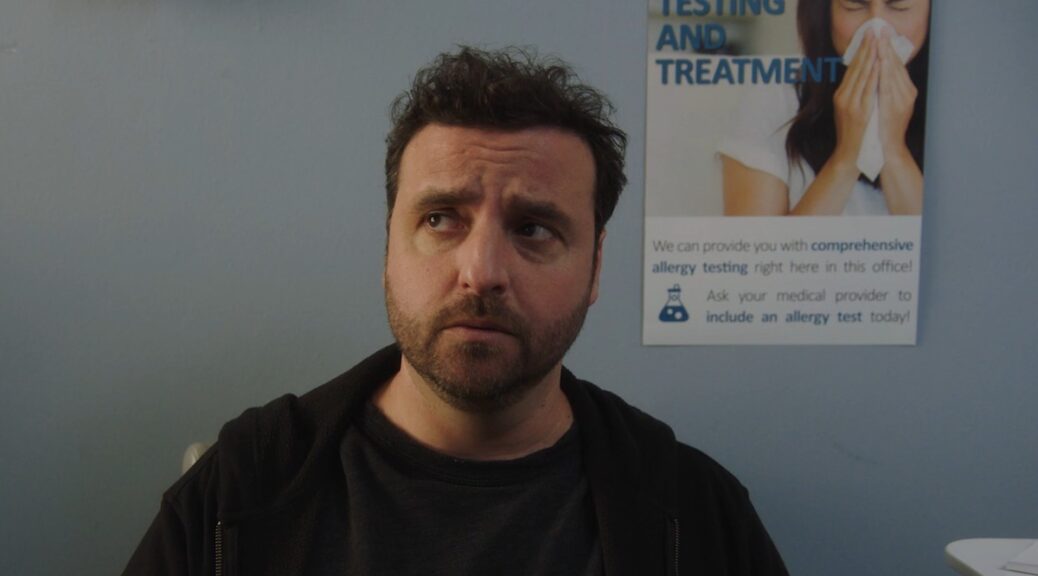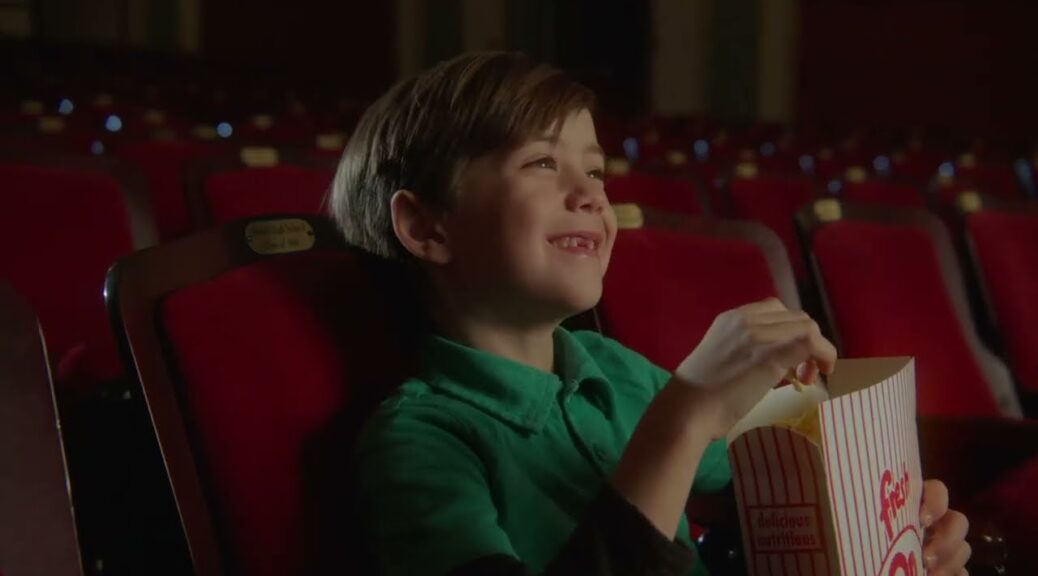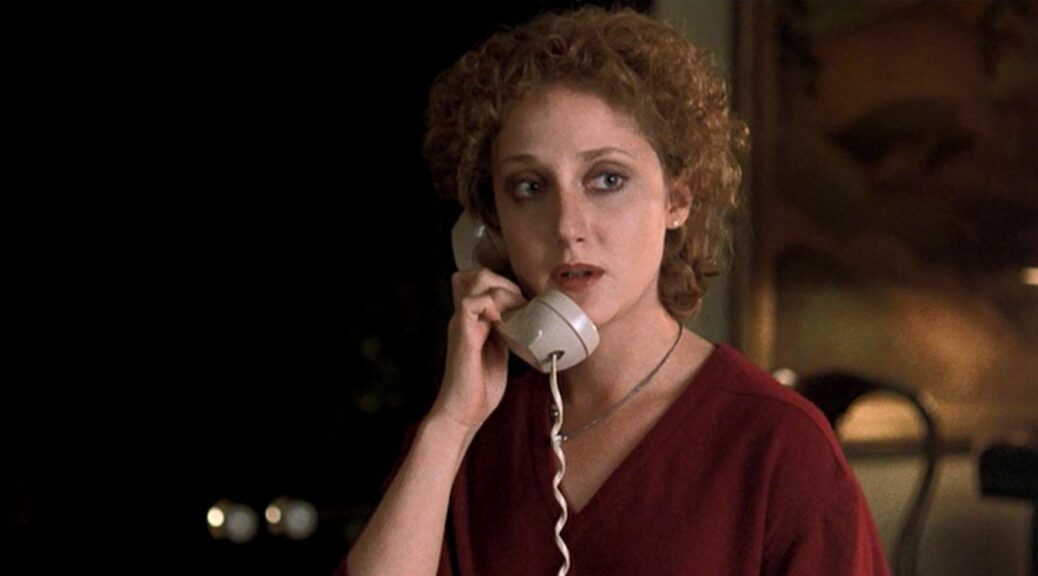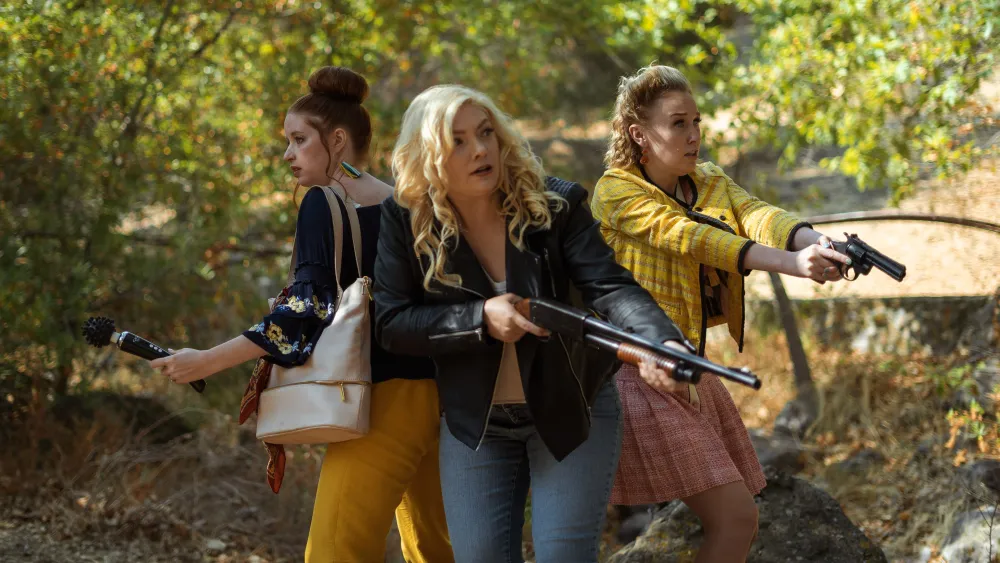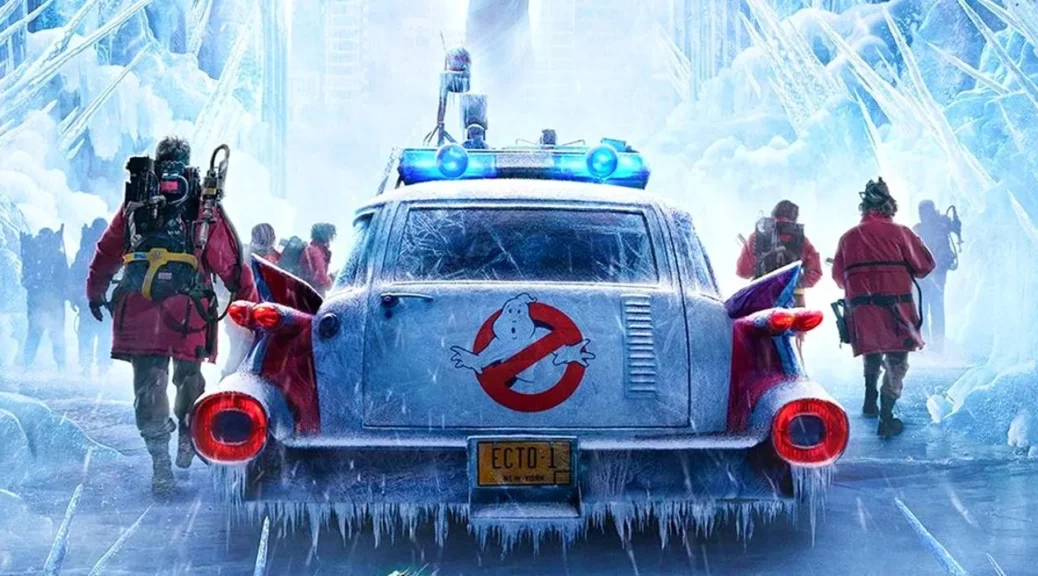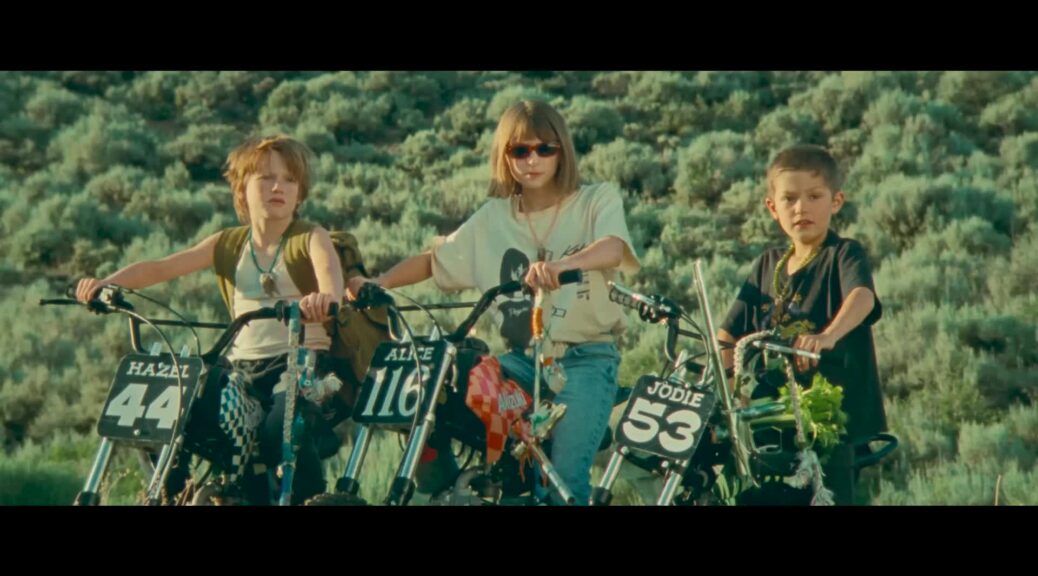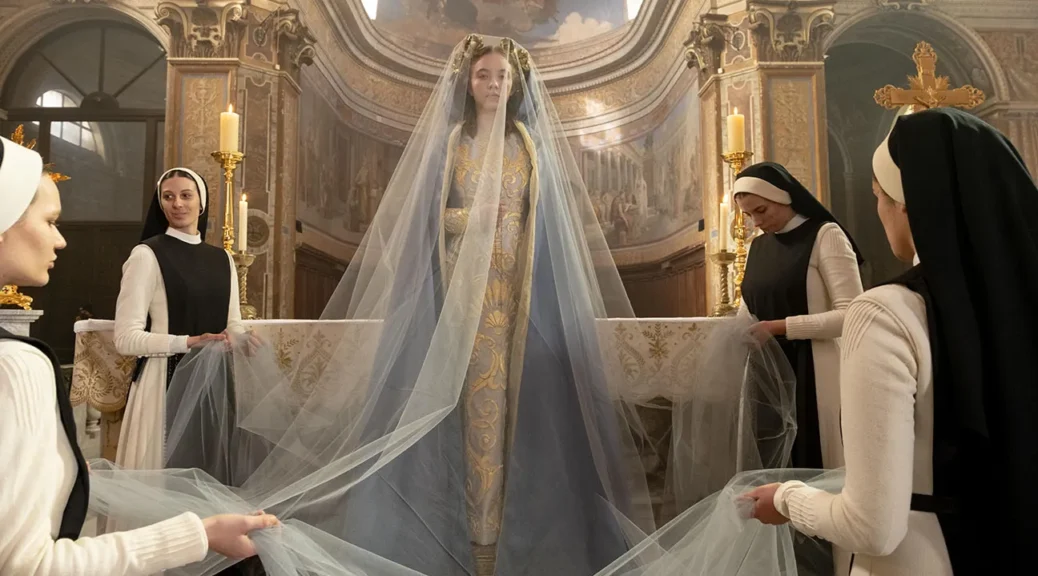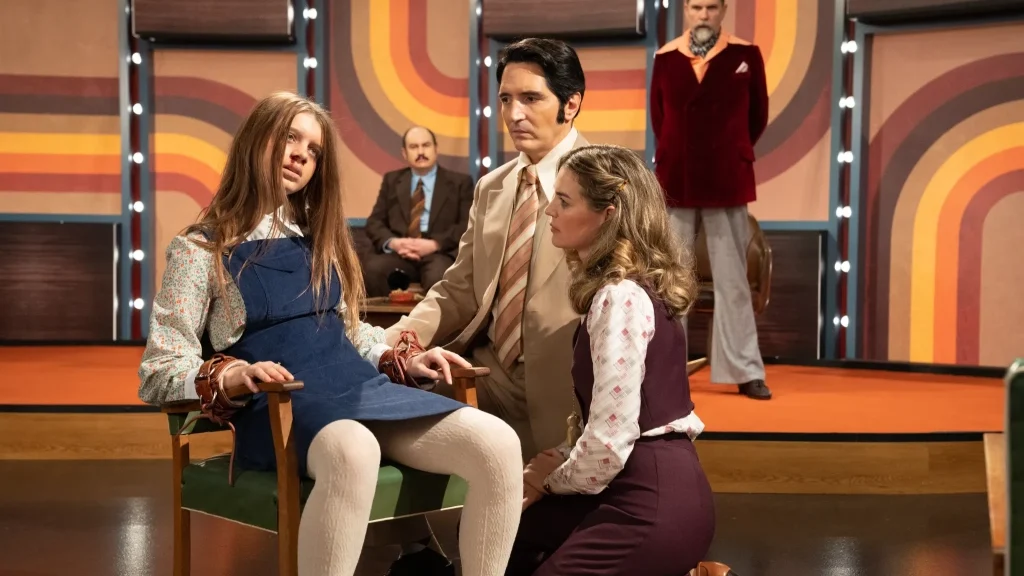Lousy Carter
by George Wolf
“Lousy” Carter (a terrific David Krumholtz) is a college professor, currently teaching a grad level seminar on The Great Gatsby.
One book? Even his “best friend” and colleague Kaminsky (Martin Starr) is nonplussed.
“Maybe you should teach a pamphlet,” he says with the deadest of pans, underscoring the entire tone of writer/director Bob Byington’s sardonic slice of life and death.
Carter got his titular nickname from being bad at golf, but he’s not exactly ace-ing this life thing, either. Lousy’s students don’t like him, his ex (Olivia Thirlby) calls him a “baby man,” and his sister (Trieste Kelly Dunn) would rather not call him at all. His fellow teachers are embarrassed for him, his therapist (Stephen Root) mocks him, he’s thousands in debt, and he’s sleeping with Kaminsky’s wife (Jocelyn DeBoer).
Great. Anything else?
He just got some very bad news at the doctor’s office.
But hey, he does have a fan in Dick Anthony (Macon Blair), a weird guy who loved the animated film Lousy made “back in the aughts,” and who might be giving off stalker vibes.
If you’re familiar with Byington’s work (Somebody Up There Likes Me, RSO), you’ll be ready for how dryly Byington attacks this clash of narcissism against the merciless march of time. And though you can probably count on one hand the number of times any character smiles, that doesn’t mean there aren’t laughs to be found here.
The biggest may be the “based on true events” tag that Byington hangs up at the start, right before he lets Krumholtz loose on this journey of indignation. It’s not so much an arc as it is a sinking ship, but Krumholtz excels in finding sympathetic moments that draw us in.
And even if this bark has too much bite for you, it’s hard not to respect Byington’s masterly command of tone. His commitment to that tone is unwavering, with Krumholtz leading an unmerry band of misanthropes through a series of events that are never at a loss for darkly funny cynicism.
I mean they’re just lousy with it.
